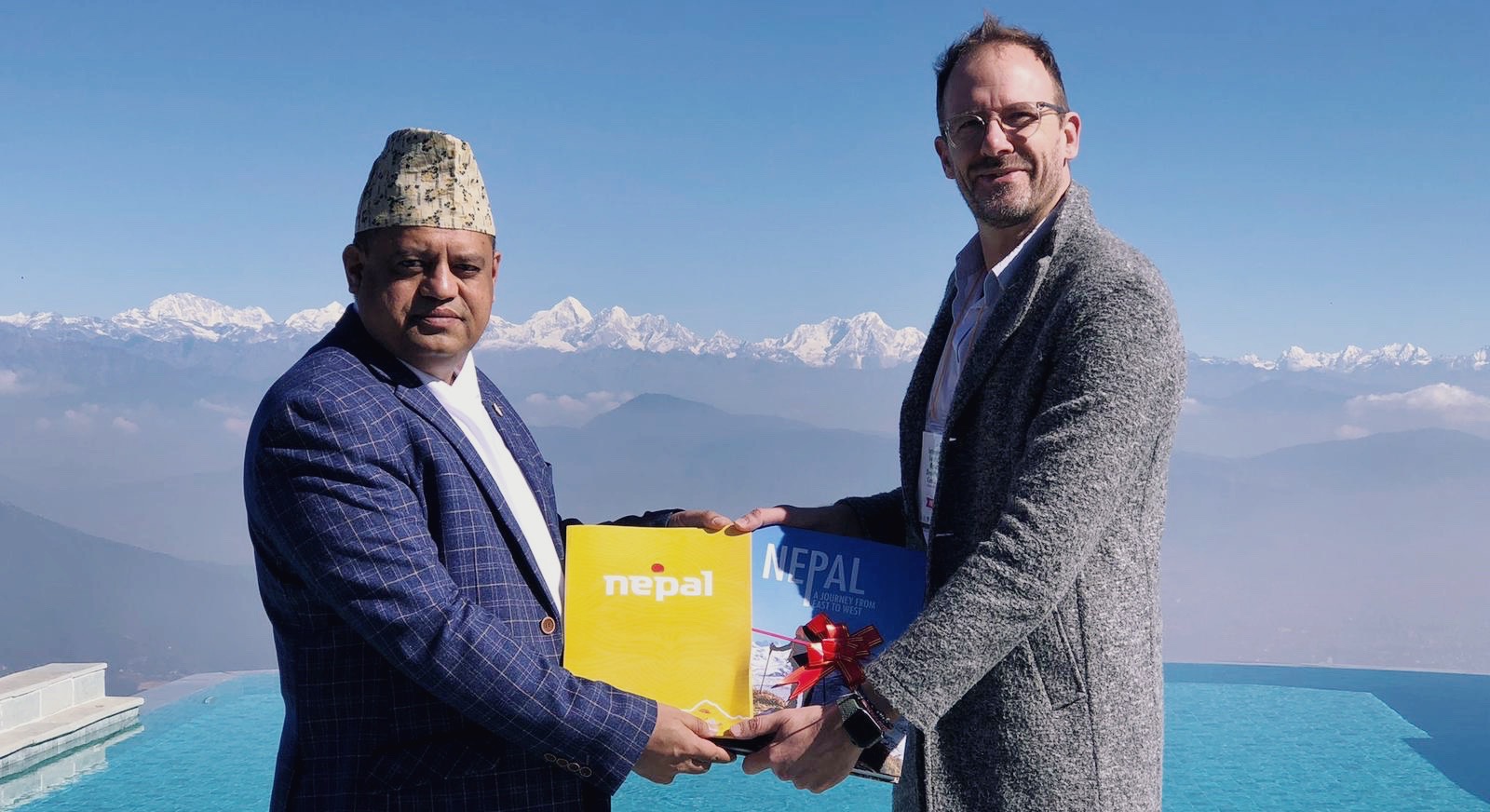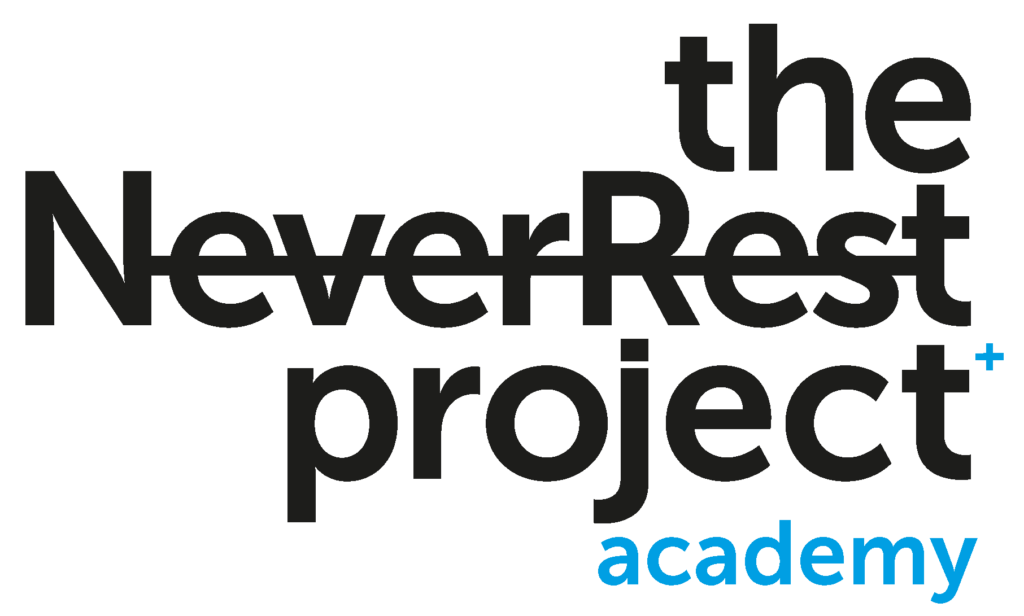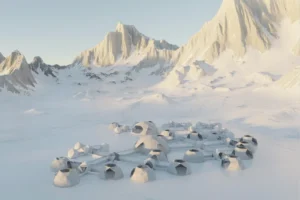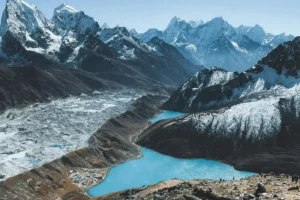
The NeverRest Project and the Government of Nepal join forces to tackle the major environmental challenges at Mount Everes
A multidisciplinary team of top-level specialists is working on technological solutions to eliminate the waste buildup from over 40 years of commercial expeditions and design a sustainable Base Camp.
- The NeverRest Project and the Government of Nepal aim to make Mount Everest an international benchmark for sustainability and environmental management.
- Assessing visitor environmental impact is a top priority for sustainability awareness.
- Participating specialist collaborators include Kilian Jornet, Alex Txikon, Tamara Lunger, Simone Moro, and Lakpa Nuru Sherpa, along with Himalayan Database managing director Billi Bierling.
- HyperloopTT, a transportation and technology licensing company, brings its experience and expertise in crowd-sourcing management to connect with talent from around the world.
The NeverRest Project and the Nepal Tourism Board of the Government of Nepal are working together on the most significant environmental endeavor ever undertaken at Mount Everest. The goal is to turn the world’s highest mountain into an international benchmark for sustainability and environmental management, while working in close collaboration with local Nepalese communities.
About The NeverRest Project
The NeverRest Project is an environmental engineering and technology corporation committed to instituting a providing action systems and a self-sufficient circular economies to achieve optimal environmental protection and management to strike a better balance between tourism and the ecosystem.
The NeverRest Project team consists of engineers, technology specialists, biologists, climate change experts and mountaineers, among others, who are already working on a number of transdisciplinary solutions and prototypes to clean up the highest mountain in the world after over forty years of commercial expeditions resulting in an enourmous amount of waste buildup in the area.
The NeverRest Project team is also working on planning and designing a sustainable base camp at which the waste management problem is solved while also benefiting the people in the area, both local communities and the various players in the high-altitude and mountain tourism industry.
“All the world is talking about sustainable mountain and tourism. Nepal is also facing the same problem and this question always is in front of us when we are promoting the mountains for tourism activities. So, this is the time we start to think jointly to find permanent solutions. I’m talking about the problem of the garbage, especially the garbage management in the remote areas, where we don’t have transportation facilities and where we are the mountain and trekking activities mostly take place. So when people are going up they are not thinking about what there are carrying with them, and they enjoy, but what they are leaving behind them, this is the big question. Every government cannot be cleaning all the time, so we need to find a sustainable way. This is the main question we need to addressed, so it cannot be address only by one office or one country, it should be something jointly we have worked together, all the mountaineering community and the people who are depending on mountain tourism. We must work together. with mountaineering communities. So let’s work together”, said CEO of the Nepal Tourism Board, Dr. Dhananjay Regmi, who expressed his support for The NeverRest Project: “It is really good and I want to support this project because Nepal really needs it”.
Frédéric Kauffmann, CEO and founder of The NeverRest Project, stated that “for years, we have known about several cases of imbalances caused by the human impact on natural ecosystems due to mass tourism; so, four years ago, we launched a project to bring together the best talent, innovation, and creativity to leap into action and reverse this situation.”
The phases of The NeverRest Project
There are five principal phases:
- Measuring the environmental impact on Mount Everest. A field survey will be carreid out to analyze the current status of the mountain and determine the volume of waste builtup.
- Designing a Sustainable Base Camp. The NeverRest Project’s team of engineers and local experts will design a sustainable sanitation system for the Nepalese Government at Everest Base Camp to manage its waste.
- Environmental impact assessment. We plan to involve mountaineers and trekkers in assessing their environmental impact to raise awareness of the importance of respecting the environment while generating greater benefit to both the ecosystem and local communities.
- Fortifying the role of local specialists. In collaboration with the Government of Nepal, we will strengthen the profile of local mountain specialists in environmental and waste management education, outreach, and training programs for national and international visitors, universities, and schools.
- Cleaning up Mount Everest. A transdisciplinary team of local and international specialists will carry out a comprehensive cleanup project at Mount Everest in Nepalese territory.
The real issue
In recent years, more work has been done to solve and promote greater awareness of global problems such as climate change, mass tourism, the human impact on ecosystems, pollution, and waste and resource management. This has made it possible to reach international agreements such as the 2030 Agenda and the European Green Pact.
Globalisation, economic and social crises, and the fact that we live in changing and uncertain times all lead to the proliferation of short-term benefits that not only do not solve our problems, but also have a negative impact on our economic and social systems. This has been the case with countless environmental catastrophes, including the unsatisfactory management of natural spaces. While we are not all guilty at an individual level, neither are we entirely innocent.
At The NeverRest Project, we know that the solution is not to simply cancel all tourism; it involves making it more of a conscious ordeal, and balancing tourism with the benefit of local populations and their economy. We believe that the immediate future will involve regenerative tourism based on sustainability, zero environmental and energetic impact from the visitor, and not degrading the local scenery and coexistence, but rather promoting it. Ultimately, out-of-control tourism not only leads to the destruction of the destination and its environment, but it also makes to replace it with another destination.
The problem on Mount Everest
Both the SPCC and the Nepal Mountaineering Association, two important voices in Nepal, and the IUNC, the world’s largest environmental organisation, agree that the notable increase in visitation to the Mount Everest area in recent years has brought along significant waste management complications.
Everest is a highly fragile icon of our planet, and in 2014, it was riddled with roughly 50 tonnes of rubbish, according to estimates made public that year by the Nepalese Government.
The Sagarmatha Pollution Control Committee (SPCC), the NGO designated by the government to take charge of waste monitoring and environmental management at the Sagarmatha National Park (the Everest region), claimed in its annual report that it had removed some 7.5 tonnes of garbage from expeditions in the Khumbu area between 2019 and 2020. There were 60 tonnes in 2017-2018, plus 165 tonnes of waste from Namche, Lukla, and the surrounding areas. From 2018-2019, there were 251 tonnes of it. But each year, new expeditions and trekking groups arrive in the Everest area causing the situation to perpetuate, despite seasonal waste removal and recycling campaigns with locally-based companies. “The enormous increase of visitors to the Everest region during the last quarter century has tremendously supported the local economy. Nevertheless, the pressure exerted from tourism has also resulted in increased environmental degradation from waste. With an increase in the number of visitors, littering of trash along trekking trails has become prominent”, the SPCC’s latest report notes.
The kinds of garbage that are most frequently found in the mountains are as follows, classified by the SPCC:
- Disposable (burnable and biodegradable): paper, cardboard, packaging, clothes, food scraps, etc.
- Non-disposable: cans, bottles, EPI gas canisters, oxygen tanks, batteries, etc.
The IUNC World Heritage, as the international body that analyses the status of World Heritage sites, argued in its 2020 report that, in 2018, there were 35,000 kilos of waste on the mountain, and it was considered “critical” to highlight that, between 2014 and 2016, there was an average annual visitor level of 30,000 people to the region, while there were 57,000 between 2018 and 2019. This means there was an almost 100% increase in just three years, which “puts enormous pressure on all aspects of visitor management, particularly waste management in remote areas”.
In the summer of 2022, the Nepalese Army, in collaboration with government institutions, carried out a Mountain Clean-up campaign and remove a total of 33,877 kilos of garbage from the slopes of Everest, Lhotse, Manaslu, and Kangchenjunga, where they also recovered two bodies.
The actual amount of waste and rubbish on Mount Everest remains uncertain due to a lack of information , and varies depending on the source. Therefore, The NeverRest Project‘s priority will be to survey the area to determine the actual situation.
The NeverRest Project’s scientific team
The NeverRest Project has an expert committee made up of scientists specialized in environment and climate change, biology, ice and glacier research, with the collaboration of the biologist María Urieta, in collaboration with local Nepali specialists in waste management in Mount Everest and the surrounding areas in Khumbu and Sagarmatha National Park.
Alton C. Byers, Ph.D. is a mountain geographer, conservationist, and mountaineer specializing in applied research, high altitude ecosystems, climate change, glacier hazards, and integrated conservation and development programs.
The NeverRest Project’s team of mountain and tourism specialists
The NeverRest Project has a team of top-level specialists in the Himalayas and mountains in general who will provide site-specific expertise in collaboration with the Nepalese Government, local tourism, and community associations.
Some of the contributors are top athlete Kilian Jornet, Basque mountaineer Alex Txikon, who has reached the summit of all 14 eight-thousanders, Italian climber Tamara Lunger, the youngest climber to have reached the main summit of Lhotse, and Simone Moro, an Italian mountaineer who became famous beyond the Himalayas for a rescue at over 8,000 metres that earned him numerous awards and the Gold Medal for Civil Courage.
In the realm of documentation, we have the German journalist, mountaineer, and managing director of the Himalayan Database, Billi Bierling, and the mountain and climbing guide, Fernando Peralta.
Nepalese mountain guide and writer, Lakpa Nuru Sherpa, who has reached the summit of Mount Everest three times, also contributes local knowledge and a Nepalese point of view on sport mountaineering and the mountain and altitude tourism industry in Nepal to the field.
The NeverRest Project and HyperloopTT
The NeverRest Project is supported by HyperloopTT, a transportation and technology licensing company, with which it signed a partnership agreement in 2021.
Andrés de León, CEO of HyperloopTT, stated: “HyperloopTT decided to support The NeverRest Project because we truly believe it is a necessity. If we look at our own history, sustainability is clearly in our genes. Our approach to developing HyperloopTT is based on efficient energy, developing truly sustainable materials. Therefore, supporting initiatives like The NeverRest Project, which are truly going to change the world at a crucial time for humanity, was an obligation for us. So, we are going to help The NeverRest Project with all our experience, knowledge, and capabilities, because we truly believe in this project”.
The NeverRest Project team is working with the innovative Lucy technology, used by HyperloopTT. This is an online work management platform, supported by artificial intelligence and international in its scope, which helps coordinate teams, puts specialists in contact with one another to solve problems and compiles the progress of each expert in the project.
Meeting SDGs
The NeverRest Project‘s actions meet nine of the 17 Sustainable Development Goals (SDGs) of the 2030 Agenda:

3. Good health and well-being
4. Quality education
6. Clean water and sanitation
8. Decent work and economic growth
9. Industry, innovation and infrastructure
11. Sustainable cities and communities
13. Climate action
15. Life on land
17. Partnerships for the goals
For more information and interviews:



